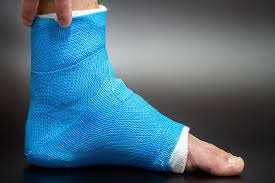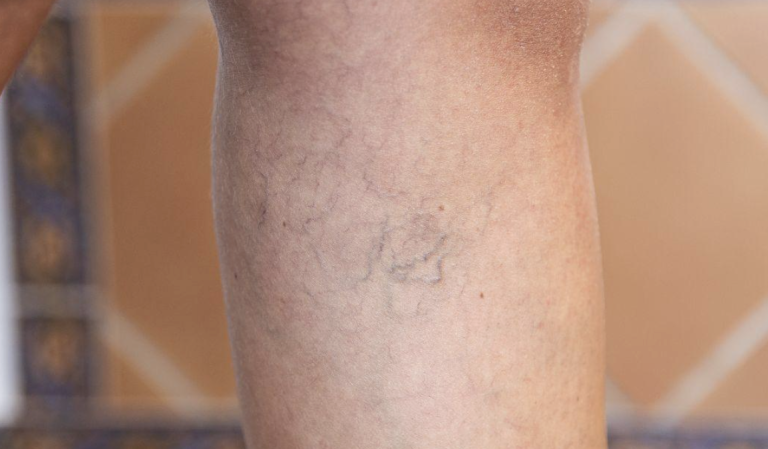Varicose veins are a typical condition that affects millions of people around the world. These veins may be swollen and twisted, usually appearing on the legs and causing discomfort or pain. Varicose veins happen when the valves in the veins weaken, making it harder for blood to flow back to the heart. Here is how they are actually linked to overall circulatory health and should be looked at more carefully:
What Are Varicose Veins?
This condition occurs when veins become enlarged due to increased pressure. Standing and walking put extra pressure on the veins in the legs. Normally, veins have one-way valves that help blood flow back to the heart. If these valves weaken or get damaged, blood can collect in the vein, causing it to bulge and twist.
Visible veins are often dark blue or purple and look lumpy or rope-like under the skin. They may also cause symptoms like aching, swelling, or a feeling of heaviness in the legs. Some people might experience night cramps or itching near the affected veins. Despite their appearance, not all veins of this kind cause pain or discomfort.
Do They Impact Heart Health?
Generally, this is a localized problem, related to problems in the veins themselves, known as venous insufficiency. This means the issue is about blood flow in the veins, not the entire circulatory system or the heart. Since veins in the legs work against gravity, they sometimes struggle to push blood upward, leading to this condition.
While varicose veins typically don’t directly put stress on the heart, they can signal poor blood flow or other vascular problems. Chronic venous insufficiency might point to a broader issue in the vascular system. It’s rare for varicose veins to cause conditions like heart failure or stroke. Maintaining healthy veins supports overall health since good circulation helps deliver oxygen and nutrients to tissues.
How Are They Treated?
Treating varicose veins mainly involves improving blood flow and relieving symptoms. There are various methods, ranging from lifestyle changes to medical procedures. Mild cases can often be managed by elevating the legs, wearing compression stockings, or exercising regularly to boost circulation. Medical treatments typically include minimally invasive procedures that close or remove the affected veins. Two typical options are:
- Sclerotherapy: This involves injecting a solution directly into the varicose vein, causing it to shrink and collapse. Blood then naturally reroutes to healthier veins. Over time, the treated vein fades away. This simple procedure may be suitable for smaller veins or spider veins and typically requires little to no downtime.
- Endovenous Ablation: For larger veins, this method is more effective. It uses laser or radiofrequency energy to heat and seal the vein from within. A tiny incision allows a thin catheter to be inserted, delivering the energy. Blood reroutes to other veins as the body adapts.
Both treatments are low-risk, outpatient options performed under local anesthesia. It’s wise to consult a healthcare provider to determine which treatment best fits your individual needs.
Get Treated for Varicose Veins
If you’re living with varicose veins, there’s no need to accept discomfort or uncertainty as part of daily life. Left untreated, the condition might lead to more pronounced symptoms or complications. Taking steps toward treatment not only addresses physical symptoms but also contributes to better circulatory health. A qualified vein specialist is equipped to offer guidance on suitable treatments, whether through non-invasive solutions or cutting-edge procedures like sclerotherapy and endovenous ablation. Reach out today to learn more about your options.
- crypto30x com zeus Review: Is It the Best Platform for U.S. Crypto Traders in 2025?
- Super Scatter Juara100.org Medal: The Ultimate Guide to Winning Big in Online Gaming
- Ziuqyazhmizz: Ancient Slavic Practice Explained – Meaning, Benefits & Daily Life Guide
- Zaxtexporoz: A Simple Guide to Xcer Tools, Digital Trends, and Smart Solutions
- Casîo: A Symbol of Innovation, Durability, and Global Trust




